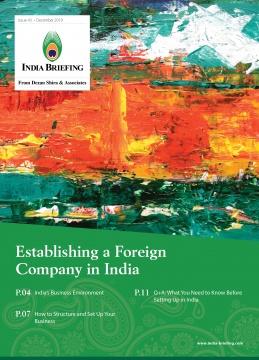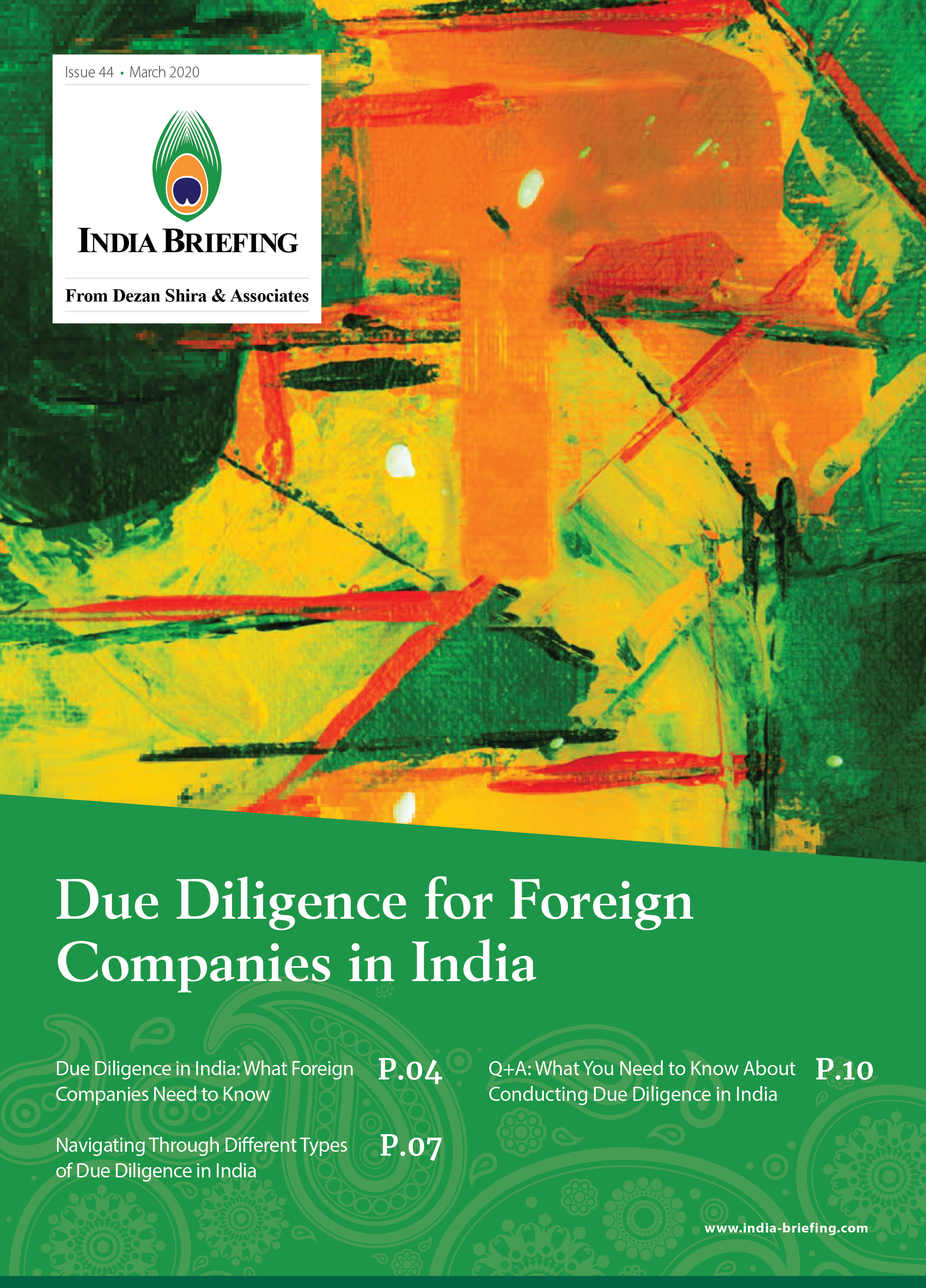After COVID-19: India to Recover Productivity in 2021
According to the Asian Development Outlook (ADO) 2020, the Asian Development Bank’s (ADB) annual flagship economic publication, the regional economic growth in developing Asia will decline sharply in 2020 due to the effects of the COVID-19 pandemic.
The Bank’s five largest stakeholders are the US (15.6 percent), Japan (15.6 percent), China (6.4 percent), India (6.3 percent), and Australia (5.8 percent).
The report forecasts regional growth of 2.2 percent in 2020, a downward revision of 3.3 percentage points relative to the 5.5 percent ADB had forecast in September 2019. Growth is expected to rebound to 6.2 percent in 2021, assuming that the COVID-19 outbreak ends. Excluding the newly industrialized economies of Hong Kong, China, South Korea, Singapore, and Taiwan, developing Asia is forecasted to grow 2.4 percent this year, compared to 5.7 percent in 2019, before rebounding to 6.7 percent in 2021.
Concerning India, the ADB stated that “Growth in India will remain subdued after a disappointing 2019. India suffered a sharp slowdown last year, from 6.1% in fiscal 2018 to 5.0%, as a credit crunch that originated in the non-banking financial sector severely hampered bank lending. COVID-19 has not yet spread extensively in India, but measures to contain the virus and a weaker global environment will whip up headwinds, offsetting support from corporate and personal income tax cuts as well as financial sector reforms which are meant to revive credit flows. GDP growth in India is forecast to slow further to 4.0% this year before strengthening to 6.2% in fiscal 2021. Inflation in the subregion will soften to 4.1% in 2020 as food inflation eases in India with improved agriculture.”
ADB is far less optimistic for the chances of an immediate rebound from COVID-19 in the West, with growth stagnating or contracting in the major industrial economies of the US and Europe. Ratings agency, such as Fitch, also take a similar view.
These economies are taking a distinct hit and post COVID-19 will emerge with bankruptcies, little available investment capital, and high unemployment rate. Therefore, companies will need to look for cheaper alternatives to produce much-needed manufacturing products in order to stimulate consumer demand in the affected countries. The production requirement will be met by China and other emerging economies in Asia such as India. To keep pace, US and EU manufacturers need to be reevaluating the potential for manufacturing investments in India.
“These figures, combined with the pessimistic view that the ADB have concerning growth in Europe and the US, strongly suggest that Asian manufacturing will pick up during the second half of this year, returning to previous growth patterns from 2021 onwards,” says Chris Devonshire-Ellis, Chairman, Dezan Shira & Associates. He further adds, “Slow growth and low investment capital in the West are expected to impair an immediate return to normality there, suggesting that lower costs and operational overheads in Asia could replace Western manufacturing and reverse any trend of re-shoring. Manufacturers in Europe and the US should be looking at Indian manufacturing potential to remain ahead of the virus and overcome a manufacturing and production shortfall and sluggish COVID-19 recovery in the West.”
Related Reading
- Social and Economic Impact of COVID-19 on India and Recovery Potential
Establishing a Foreign Company in India In this issue of India Briefing, we provide information on establishing a company in India. We first discuss the country’s current business environment and why India has emerged as a preferred investment destination for foreign companies. Next, we focus on the entity structures available to foreign companies in India and explain their functionalities and requirements. Lastly, we answer frequently asked questions.
Due Diligence for Foreign Companies in India In this issue of India Briefing, we provide information on conducting due diligence in India. We first focus on what is due diligence, and why foreign companies should engage in this process before investing in India. Next, we discuss different types of due diligence and explain their requirements and importance. Lastly, we answer some frequently asked questions.
India Briefing is produced by Dezan Shira & Associates. The firm assists foreign investors throughout Asia from offices across the world, including in Delhi and Mumbai. Readers may write to india@dezshira.com for business support in India.
- Previous Article Руководство по Ведению Бизнеса в Индии 2020 – Новое Издание России Брифинг
- Next Article India’s COVID-19 Lockdown Extended: We Answer FAQs on the Latest Guidelines










